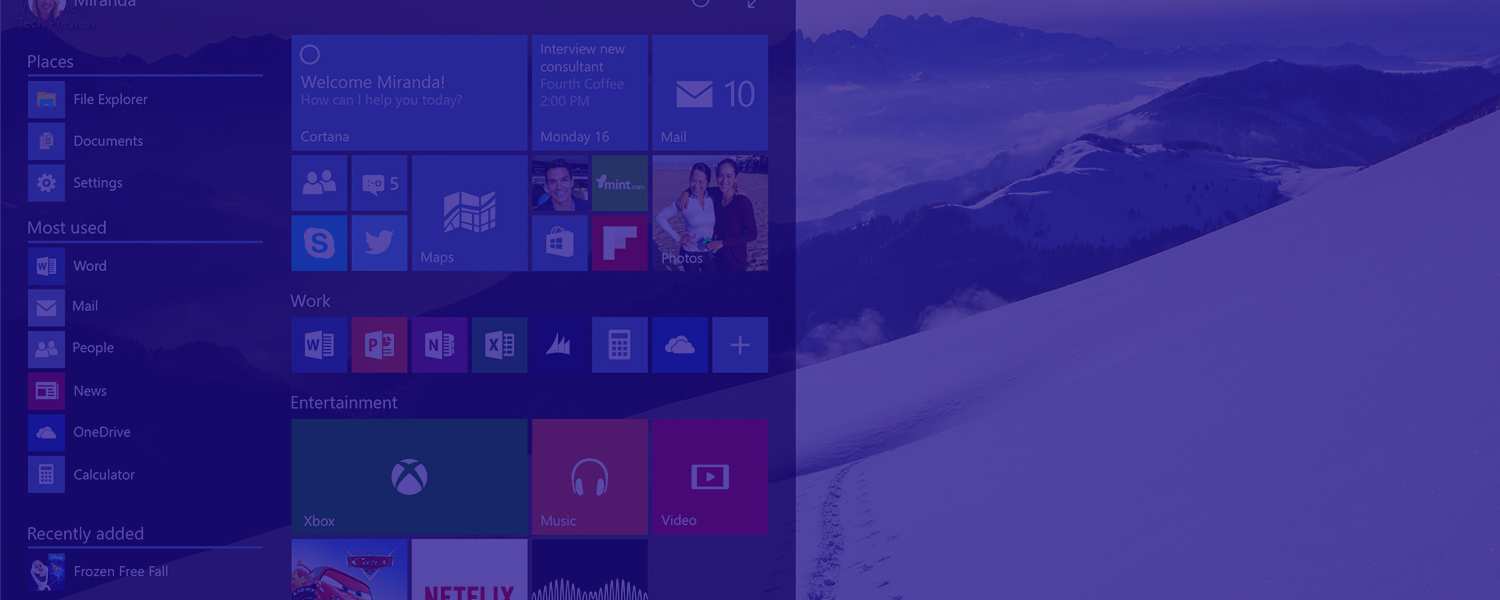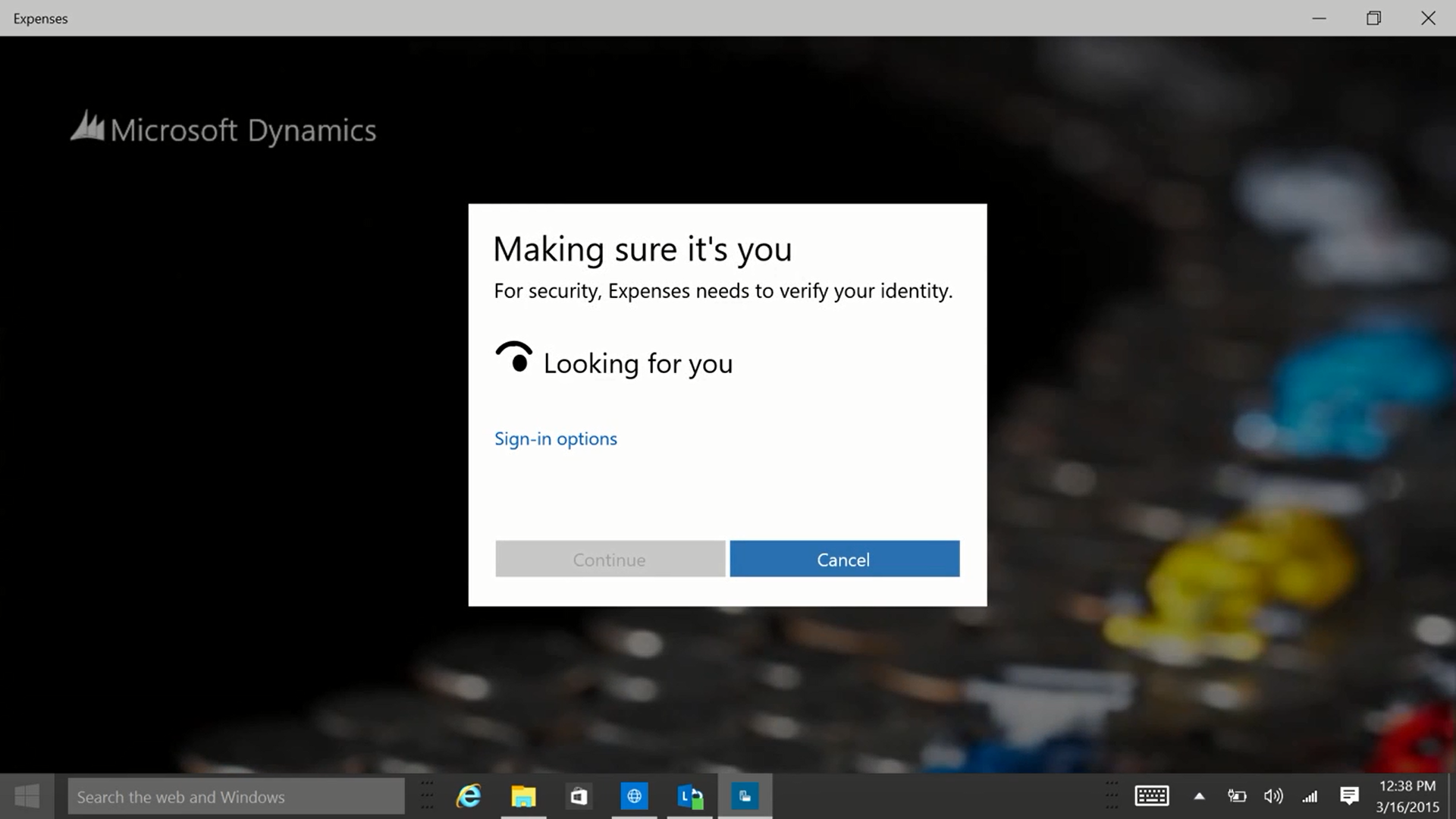Microsoft is set to release Windows 10 on July 29th and users of current versions of the operating system will get an upgrade free of charge. That's what Microsoft has made abundantly clear since last January when it presented key consumer features of the new OS including Cortana, Project Spartan (now Microsoft Edge), DirectX 12, and Hololens, which seemingly runs some version of Windows 10.
Read TechSpot's Windows 10 review here, now!
So where's the confusion?
Since that announcement, Microsoft has sent mixed signals (more than once) and speculation has built on top of that about who gets the free upgrade and who doesn't, if Insiders get a free pass or not. Here's a brief overview of the different upgrade paths to Windows 10 that explains it all...
Windows 10 for Insiders
If you are an Insider (beta tester), there are three things you need to know:
- Microsoft is giving Insiders a free upgrade path to the final release of the OS. This only means you will be able to upgrade from the Preview to the final RTM (Release to Manufacturing) code without the need of a clean install, but this doesn't get you a free copy of Windows 10.
- Microsoft has confirmed you will be able to validate current Windows 7/8 licenses to get a genuine Windows 10 license when coming from the Insider Previews. For more about this, see the section below "Windows 10 for current users of Windows 7, Windows 8, 8.1."
- If you don't have a Windows license to upgrade from, you can either buy Windows 10 or you can keep using Windows 10 as an Insider. Microsoft plans to continue the Insider program after Windows 10 ships. This means you can keep using Windows 10 Preview builds (even if they are exactly as the final release) and subsequent builds in the Fast and Slow ring. These builds have an expiration date, but as the Insider program continues, you can just keep getting newly updated builds and automated extensions of your Windows install indefinitely, as long as Microsoft doesn't pull the plug on the beta testing program.
Windows 10 for pirates
Users running pirated copies of Windows 7 and Windows 8 will be able to upgrade to Windows 10. However, their Windows license will remain invalid after the upgrade process is complete, meaning pirates won't be getting a "free" upgrade to Windows 10.
This will likely mean that non-genuine users will be subject to anti-piracy countermeasures after the upgrade, if previous versions are anything to go by. With this move, Microsoft gets the opportunity to "re-engage" pirates by making the upgrade path straightforward and have a wider adoption of its latest OS platform regardless if the user paid for a license or not.
Windows 10 for current users of Windows Vista, XP
Windows XP was released 13 years ago and it is no longer a supported platform. There is no way you will be able to upgrade to Windows 10 from XP or Vista systems, a clean install will be required. No free offers for the first year. Nada.
Windows 10 for current users of Windows 7, Windows 8, 8.1
Windows 10 will come as a free upgrade from Windows 8.1, Windows 8, Windows Phone 8.1 and Windows 7 for the first year. Once a device is upgraded to Windows 10, it'll be supported for the lifetime of the device.
- Windows 7 Starter, Home Basic, Premium and Windows 8.1 users will be upgraded to Windows 10 Home
- Windows 7 Professional, Ultimate and Windows 8.1 Pro users will be upgraded to Windows 10 Pro
- Windows Phone 8.1 users will be upgraded to Windows 10 Mobile
- Windows Enterprise, Windows RT and Windows 8 users are not eligible for a free upgrade
Microsoft's intention is clear: drive massive adoption of its latest operating system on most modern PCs. Windows 7 is found on nearly half of all Windows-based PCs and a wide majority of that hardware will be equally capable to run the more secure, up to date version of the OS.
What happens after the first year?
Microsoft under Satya Nadella is rapidly changing, and Windows as a service appears to be next. The company has already talked about moving away from big Windows releases in favor of smaller incremental updates that continually evolve the operating system. They have gone as far as calling it the last version of Windows.
"Right now we're releasing Windows 10, and because Windows 10 is the last version of Windows, we're all still working on Windows 10," said Jerry Nixon, a Microsoft Developer Evangelist.
Users taking advantage of the free upgrade from Windows 7 and Windows 8 can continue to use Windows 10 as valid license owners indefinitely.
Those who for some reason don't upgrade until after the offer has expired will likely have to pay for Windows 10.
At least in the short term, Microsoft has announced Windows 10's pricing will stay the same as Windows 8.1's. That means Windows 10 Home will retail for $119, just like standard Windows 8.1; while Windows 10 Pro will retail for $199, just like Windows 8.1 Pro. The Windows 10 Pro Pack, allowing you to upgrade from Home to Pro, will cost $99.
Windows as a Service
With Microsoft meaning to build Windows 10 into every type of device – PCs, tablets, phones, Xbox, HoloLens, IoT appliances – there may be a future where consumers may never have to pay for Windows again. Even today, OEMs are no longer paying for Windows on devices smaller than 9 inches.
But evidently a world where Microsoft makes no money is nowhere near to reality. What we're seeing instead is the disruption of a model that has served them well for the last three decades, but is no longer sustainable when your list of direct competitors includes the likes of Google, Apple, Amazon, Samsung and Facebook, to name a few.
We won't know for a while, but a new Windows business model could take many shapes: subscription-based, pay what you want/pay for add-ons, indirect sales via Bing ads and the Windows Store, a Windows + Office 365 cloud bundle...
Making money from an active base of Windows users is the company's next big challenge, but to get there they've first set sights on building massive adoption into a single platform. The company learned this the hard way with mobile: there is no product to monetize if no one is using your product.
Read Next: Windows 10, the TechSpot review
Also, all the latest news about Windows 10 in a single place.



